For modern citizens, at least for a significant part of them, the usual urban amenities are a prerequisite for living in a country house. The exoticism of the village toilet attracts few. To ensure complete comfort, the owner is thinking about how to install a septic tank for their home in nature.
It is very difficult to choose a particular option if you are not very knowledgeable about the issue — or when the range of products you choose is too large. Let’s try to solve both problems by understanding what kind of septic tank is needed in the country.
What is a septic tank?
To begin with-briefly: what is a septic tank? There are several types of local treatment facilities that differ not only in appearance, price and brand of the manufacturer, but also in the principle of operation. In fact, all devices offered for household use (both simple septic tanks and more complex structures) use one method of processing human waste at the heart of their operation. Namely, the biological. That is, the one that is carried out everywhere in natural conditions: under the action of microorganisms, organic matter is mineralized — complex organic compounds contained in wastewater are decomposed into simple inorganic elements. The only difference is that this process is localized in a small volume of treatment facilities.
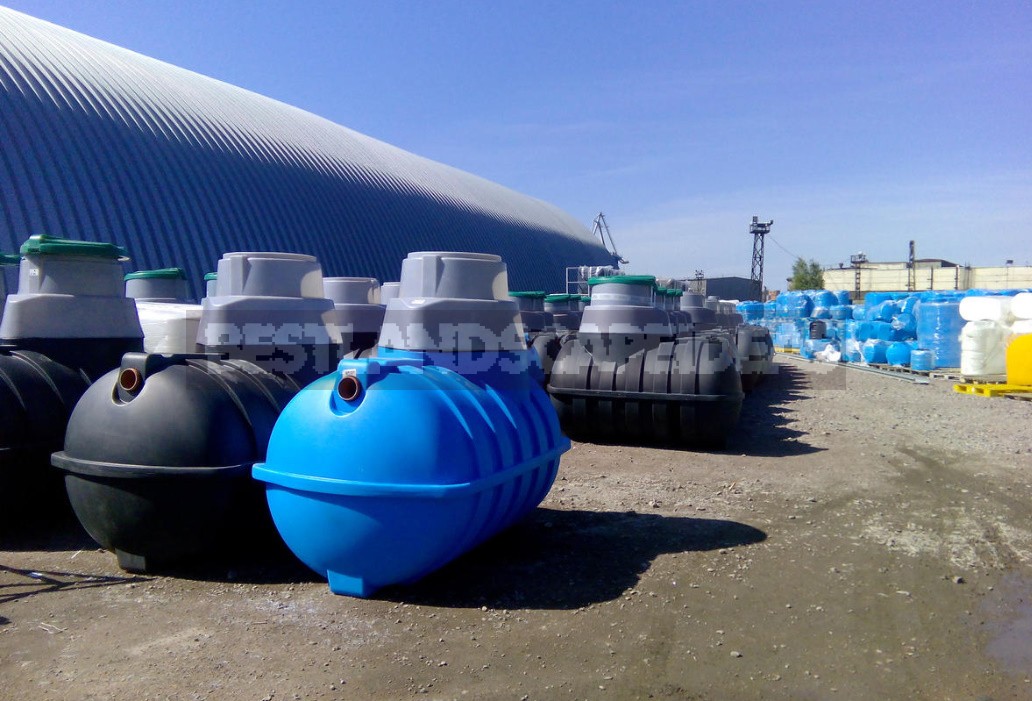
The first difficulty that the buyer faces on the way to choosing an ideal Autonomous sewer system is confusion in terms. Often by the word “septic tank” consumers (and sellers, too) mean any local sewer system for a private home. Or, on the contrary, local treatment facilities or Autonomous sewers are called treatment facilities with aeration (aeration tanks), and devices that use anaerobic biological treatment processes are contemptuously called “just septic tanks”.
Septic tank as such
But from the point of view of engineers, a septic tank is only 1 of the elements of a treatment facility that works on the basis of the vital activity of anaerobic (oxygen-free) microorganisms. It is used for primary wastewater treatment. After passing through the septic tank chambers, the waste water reaches 65% of purification compared to the original contamination. According to sanitary standards, this is not enough, so you need to finish cleaning the drains. You can do this:
- by means of soil cleaning — filtration fields, filter trenches and wells, filtration cassettes;
- biofilter installed after the septic tank;
- special biologics that activate the processes of self-treatment of wastewater in the septic tank itself.
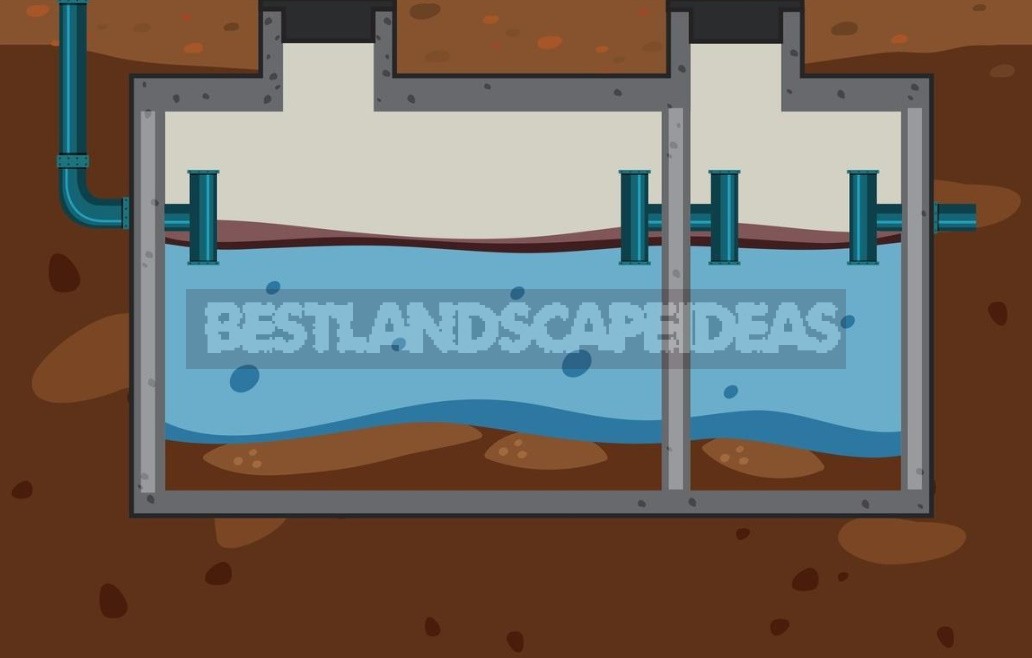
Or-installing combined local treatment facilities of aeration type instead of a simple septic tank. They, as they say, “in one bottle” are combined and the chamber of a simple septic tank-sump, and an aerotank, in which the decomposition of organic matter is engaged in bacteria-aerobes, and a biofilter, where the wastewater is treated.
What are septic tanks?
As we found out, the question in the title is incorrect. Because actually septic tanks are all the same and differ only in the volume and material used for manufacturing. Any septic tank is a sealed container that has 1, 2 or 3 chambers inside, connected to each other by overflows. In the septic tank chambers, wastewater is treated sequentially.
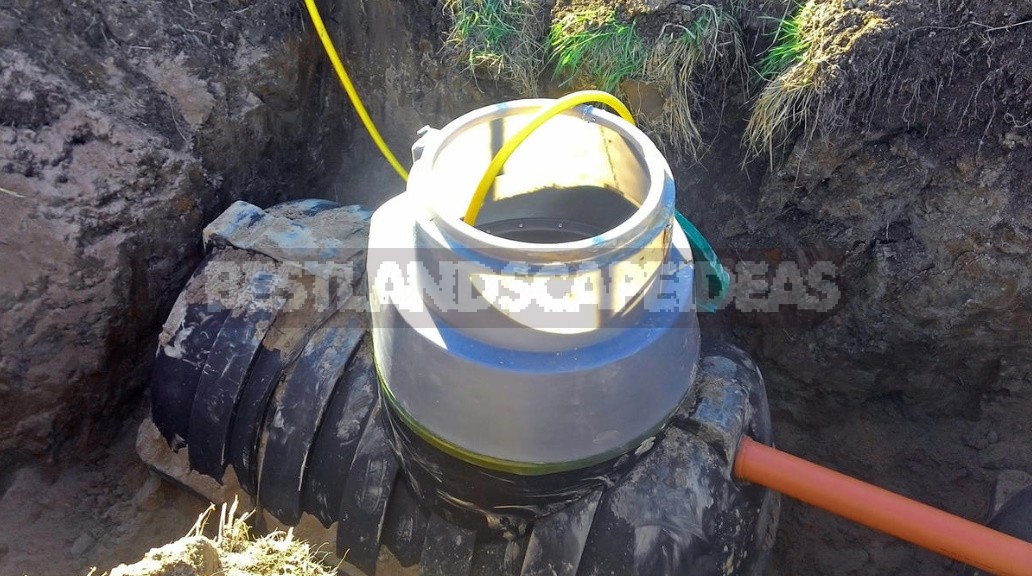
Both in the first and second chambers, initially (due to the forces of gravity), denser and heavier particles of pollution precipitate to the bottom — gravitational settling occurs. In the precipitated sediment, fermentation processes begin: under the action of anaerobic microorganisms, organic matter is decomposed into simpler substances and elements with the release of carbon dioxide, ammonia, nitrogen gas, and methane.
As the first chamber is filled, the settled liquid flows into the next one, where the sediment from non-decomposing substances also falls to the bottom, but in a smaller fraction and in a smaller amount. The third chamber only increases the volume of the septic tank and does not play any significant role in cleaning.
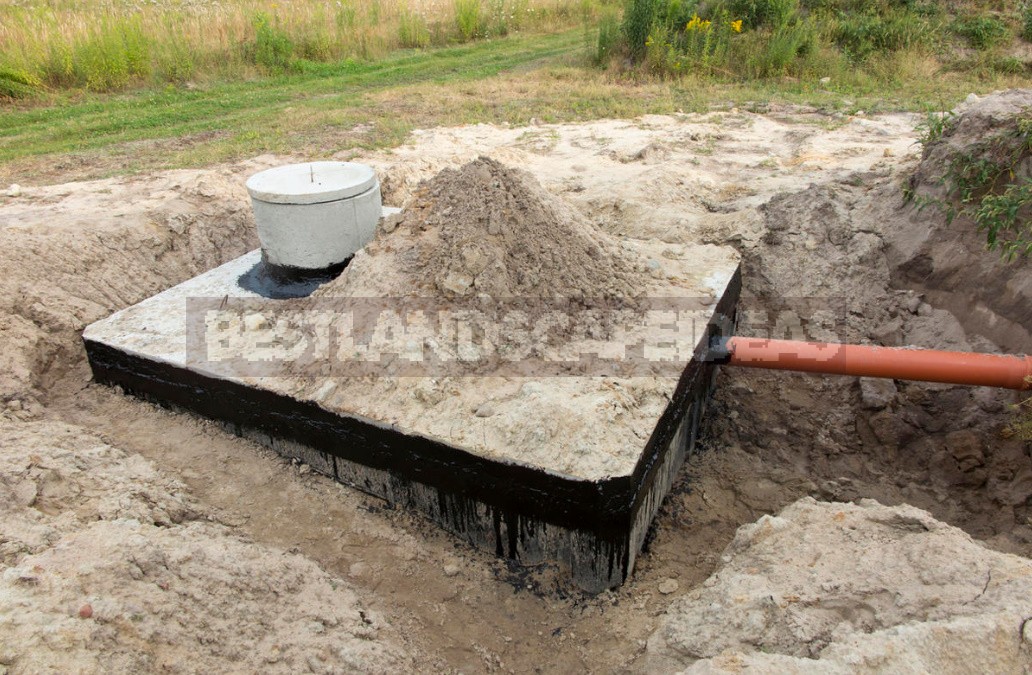
In addition to the number of chambers, septic tanks differ in volume and materials used for their manufacture. Factory-made products are most often made of various types of plastic. Artisanal way septic tank is made of metal or concrete. Very popular versions of reinforced concrete well rings.
More than a septic tank
If all processes occur naturally in septic tanks (drains flow independently and are cleaned independently), then a local treatment facility with aeration has a more complex device. They are constantly supplied with air necessary for the life of microorganisms that make up the active silt — aerobic species live here. Air accelerates the decomposition process (anaerobes are more “slow”). In addition, waste water and activated sludge are pumped from the chamber to the chamber by a pump.
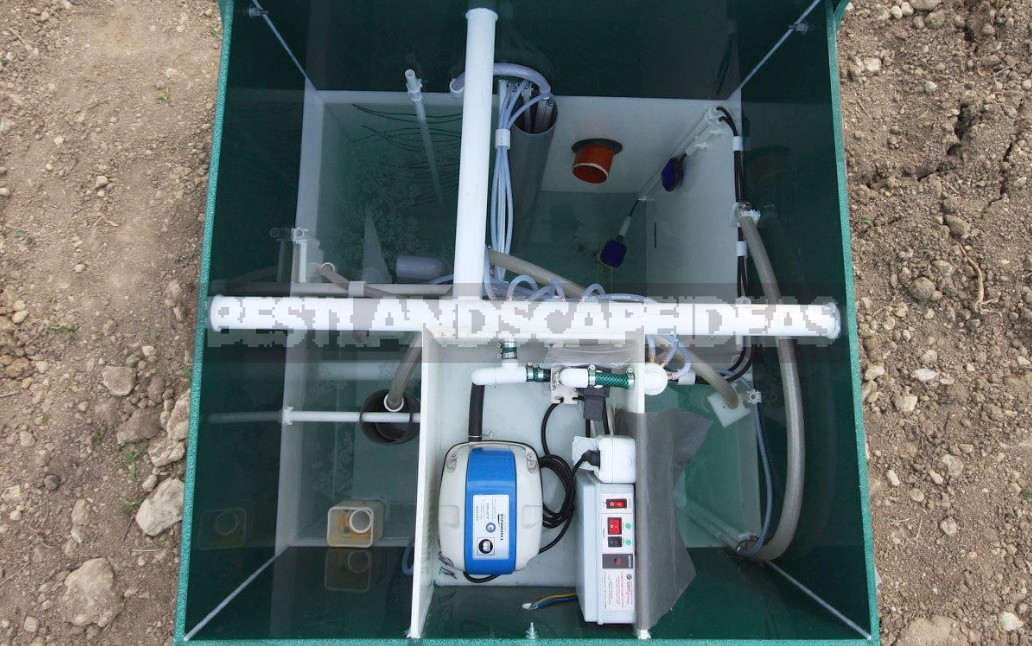
The last chamber (optional element of aeration local treatment facilities) is a biofilter. It is filled with filter backfill (gravel, slag, expanded clay, synthetic granules), on the surface of which colonies of aerobic bacteria settle in the form of a film. Biofilm micro-organisms use nitrogen and phosphorus contained in polluted waste water that slowly flows through the backfill to feed themselves. Treatment systems with a biofilter are called deep biological treatment stations.
As we have already said, in a simple septic tank, drains are cleaned independently, often an unpleasant smell enters the house from the sewers. It is not possible to put up with this phenomenon for a long time. To eliminate a delicate problem, you can use a special tool-a bio-accelerator for the toilet, which contains bacteria that essentially neutralize unpleasant “flavors” spreading from the sewer. Thanks to the activity of the micro-organisms that make up it, organic matter decomposes faster, and waste water becomes cleaner and safer. Such funds are added directly to the sewer system.
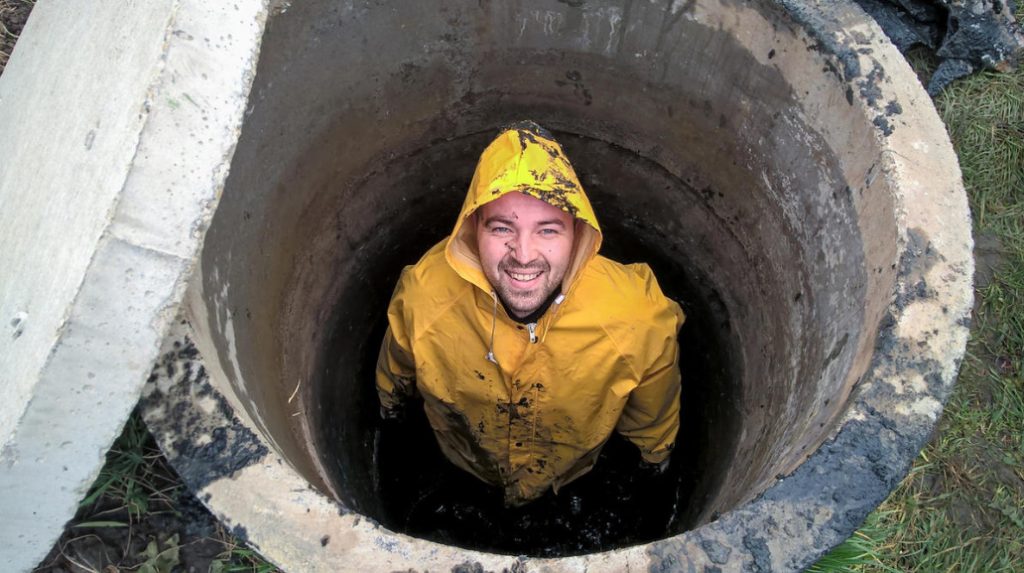


















My cousin has been thinking about getting a septic system in order to be safer. She would really like to get some help from a professional in order to be safer. It was interesting to learn about how sediment can fall to the bottom after the first chamber is filled.
My cousin was thinking of having a septic tank installed in their new home and doesn’t know which one to get. I’m glad that you explain that septic tanks can be made of different materials and change in volume. Since he has two kids and him and his wife living in the home, he should look for a septic system that works well for five people.
My mom just bought a new home, and she really wants to get a septic system installed because he wants to be a lot safer. She would really like to get some help from a professional in order to make sure that it is installed properly. It was interesting to learn about how the third volume of the septic tank doesn’t play a significant role in cleaning, and increases the volume. I heard something similar from the “Drmconst” company.
I want to make sure that I get the right septic tank for me. It makes sense that I would want to get one that is the right size for my property! I’ll be sure to work with a professional for that, because they would know how to figure out what size I’ll need.